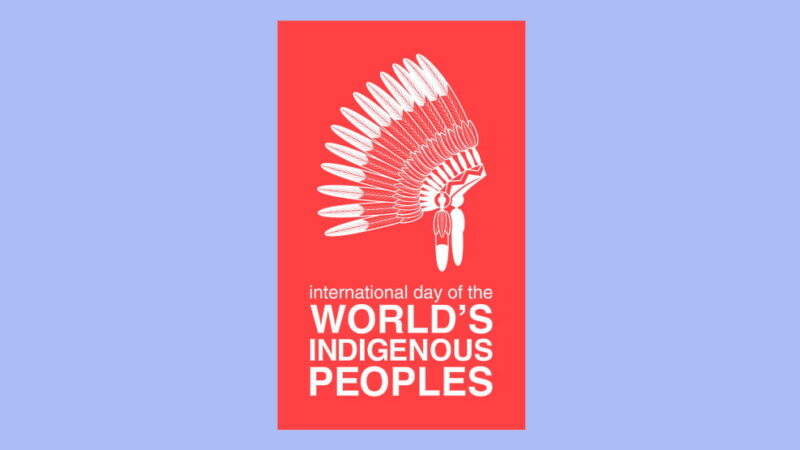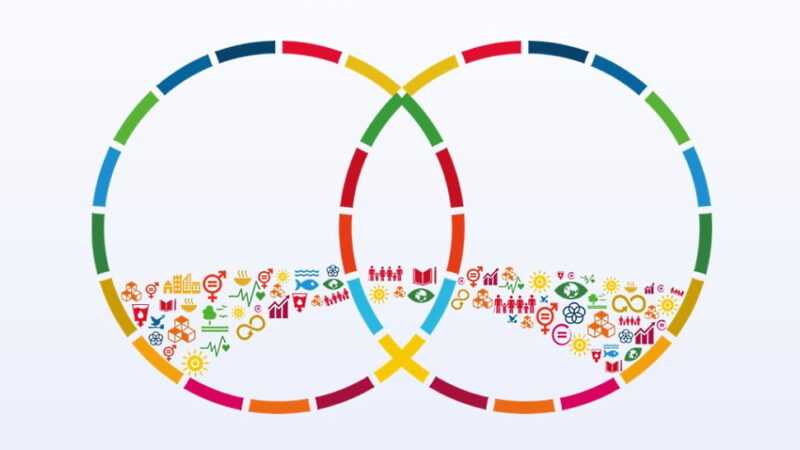International Day of the World’s Indigenous Peoples was created to draw attention to the challenges faced by indigenous communities. The holiday is especially relevant in countries with a colonial past and aims to promote the visibility, traditions, and cultures of indigenous peoples worldwide.
History
International Day of the World’s Indigenous Peoples was established in 1994 by the United Nations. It marked a significant step toward improving the living conditions of indigenous communities and advancing the recognition of their rights and freedoms. Each year, the day is observed with events focused on current issues affecting indigenous populations around the world.
From 2005 to 2015, the UN declared the Second International Decade of the World’s Indigenous People, which led to notable progress in addressing specific concerns.
Interesting Facts
- In the United States, Indigenous peoples make up about 1.6% of the total population, with the largest population residing in California.
- Native Americans were granted U.S. citizenship only in 1924.
- In Mexico, Indigenous peoples comprise 21% of the population, while in Australia they make up 2.7%.
How to Take Part
Learn about the Indigenous peoples of your country—their history, culture, beliefs, and languages. Many of these languages are endangered, so even small efforts to learn or promote them can make a difference.
Look for ways to support Indigenous communities. This may include donating to advocacy organizations, supporting Indigenous-owned businesses, or simply reaching out with messages of solidarity. If you have Indigenous friends or colleagues, take the opportunity to express your respect and appreciation.
When is International Day of the World’s Indigenous Peoples in 2025?
International Day of the World’s Indigenous Peoples is observed on August 9 each year.
Observations
| Weekday | Month | Day | Year |
| Saturday | August | 9 | 2025 |
| Sunday | August | 9 | 2026 |
| Monday | August | 9 | 2027 |
| Wednesday | August | 9 | 2028 |
| Thursday | August | 9 | 2029 |




